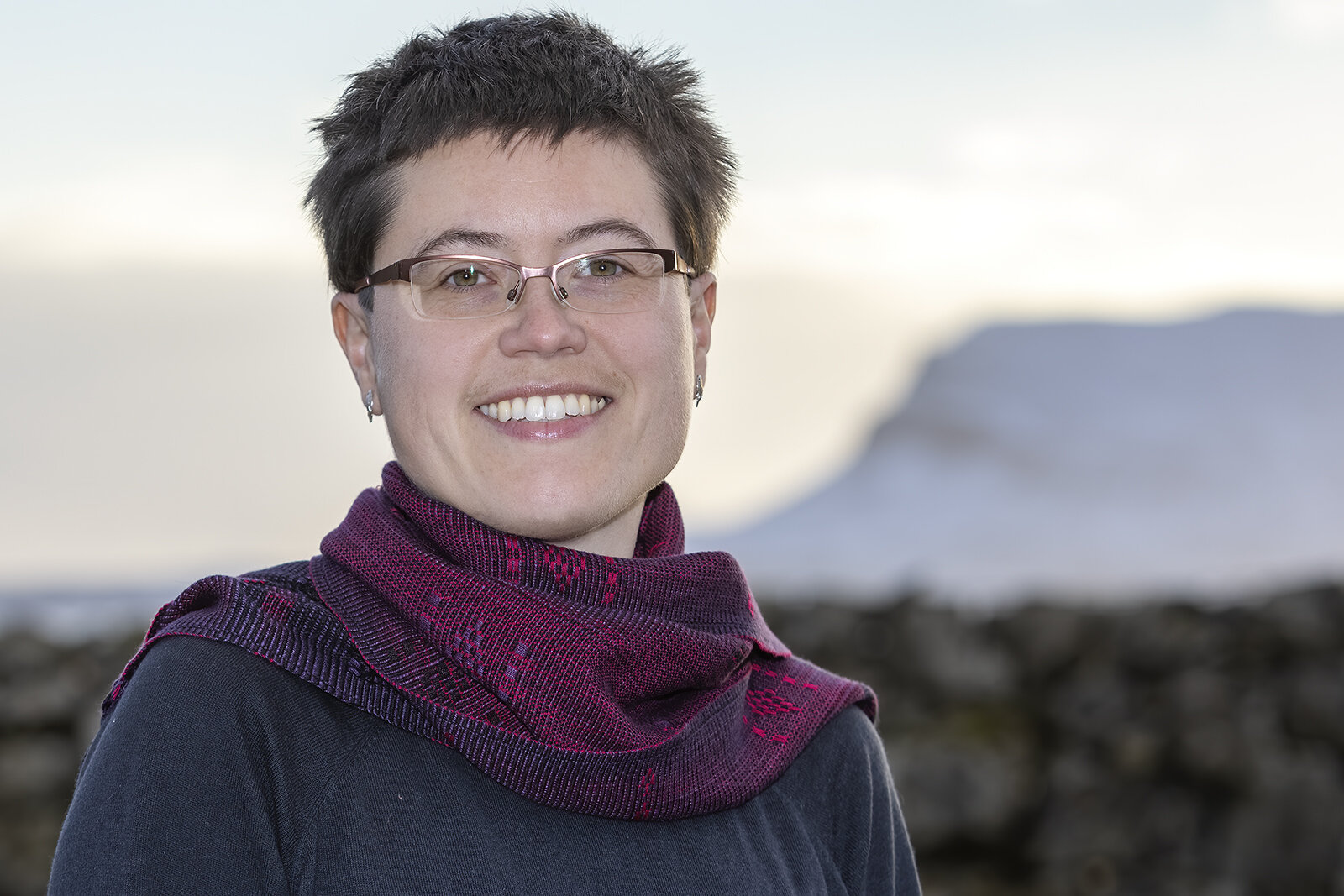Euleia heraclei (Linnaeus 1758) – first species record for the Faroes
The newly recorded fly species Euleia heraclei. Photo: Agnes-Katharina Kreiling.
Several individuals of the celery fly Euleia heraclei (Tephritidae) were observed and collected by Leivur Janus Hansen and Agnes-Katharina Kreiling in June 2022. The flies were found on Angelica archangelica in the middle of Tórshavn.
This is the first record of the species in the Faroes, and also might be the country’s first record of the fly family Tephritidae in the wild. Another member of the Tephritidae, Ceratitis capitata, has been found twice in the past, but it is likely that it arrived with imported goods and has not succeeded in establishing viable populations in the Faroes.
The species is common all over Europe and occurs as well in North Africa and Asia. The larvae feed on the leaves of plants in the Apiacea family and can sometimes become a pest in celery and parsnip horticulture. In the Faroes, possible host plants for the fly are – besides A. archangelica – Angelica sylvestris, Ligusticum scoticum, and Anthriscus sylvestris.
The adult flies are very colourful, with orange to yellow body parts in the summer generation and green-blue eyes, and their wings sport a characteristic pattern of black markings. The males of the family Tephritidae use those wings in their mating displays, dancing in front of the females to impress them with their qualities.


